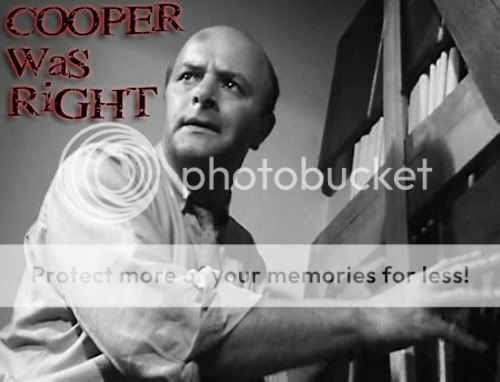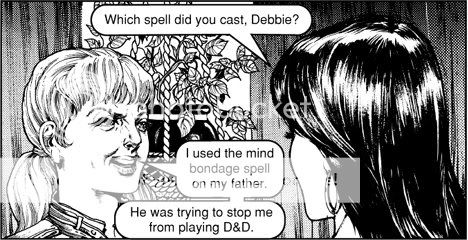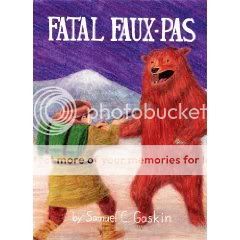* SPX was this weekend! It was fun. Jog, Chris Mautner, and Rickey Purdin have all blogged at length about it, and I mention them specifically because they mentioned me specifically in their reports, which is really all it takes. In terms of individual selling points for those reports, Rickey includes a list of everything he got which should give you a sense of how much appealing stuff was on sale, Chris includes photos which show you what the experience was like, and Jog goes in-depth on the panels he participated in as well as offering a summary of the comics internet and how it’s changed by way of digression.
* My own SPX report will go up at Tom Spurgeon’s site sometime soon. And yes, There Will Be Bowie Sketches here soon as well.
* There’s definitely a new George A. Romero Dead movie on the way, and it’s probably not a direct sequel to the truly terrible Diary of the Dead thank god, and it’s maybe called Island of the Dead. I think that covers it.
* There’s also maybe a third 28/Later movie on the way, and it’s maybe called 28 Months Later, and it’s maybe directed by Paul Andrew Williams. I think that covers it.
* For some reason, Roger Ebert talks to the Wachowski Brothers about Gordon Willis’s cinematography as seen in the new remastered edition of The Godfather. (Via Whitney Matheson.)
* I’m sure the Siegels are indeed genuinely grateful for the money writer Brad Meltzer raised to save Superman co-creator Jerry Siegel’s childhood home, the birthplace of Superman. I’m sure Meltzer is totally sincere in doing this, on-sale book about Siegel or no. It’s a nice thing to have done, a mitzvah for a family who could use one these days. But it leaves a funny taste in my mouth given that at this very moment, the publisher at which Meltzer is a huge deal is engaged in a legal battle against the Siegel family over Siegel’s creations. Maybe it’s just seeing these stories appear on the same on the same day that’s making me scratch my head, but surely there are more meaningful, dare I say vitally important, ways to honor the creation of Superman by Jerry Siegel in terms of systemic reform for which high-profile writers and artists could publicly agitate than by refurbishing a house. Tom Spurgeon is right (see item #16): at a certain point it comes down not to high-falutin’ ethics, but to our common self-respect.
* UPDATE: Kiel Phegley offers an interesting counterpoint.










